Famously Germany’s sunniest city, the southerly city of Freiburg in Baden-Württemberg manages to be both gemütlich (cosy) and lively. The city has a relatively small population of 220,000 but boasts of a clear sense of identity and strong social consciousness.
Freiburg is known for, amongst other things, its high standards of living, environmentally friendly practices and idyllic location neighbouring the Black Forest and its mountains.
The name ‘Freiburg’ essentially means ‘fortified town of free citizens’ and Freiburg’s lifestyle and atmosphere are certainly liberating. Freiburg’s vibrant youthful culture of the city, bolstered by its significant student population and laid back ethos, has made this a popular location for young families to settle down and makes the city and excellent spot to visit.
I arrived in Freiburg after visiting Heidelberg and Strasbourg. The city’s proximity to these other incredible cities makes it a great stop off on a journey through the southwest of Germany and its French border.
READ ALSO: Weekend Wanderlust: Strolling through the hills of Heidelberg
Green city
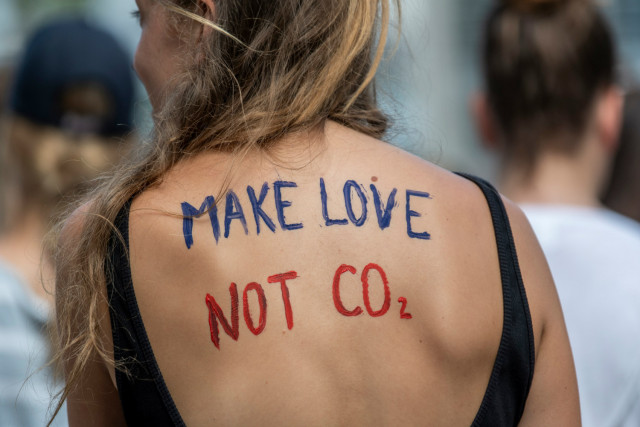
A Freiburg participant in the Friday for Future demonstration on June 19th 2019. Photo: DPA.
Freiburg is a stronghold for Germany's Green party and was actually one of the vital birthplaces of the country's environmental movement. Starting in the 1970s with action against the Wyhl nuclear power plant, Freiburg found this now pivotal part of its identity in the burgeoning environmental movement and the city’s focus on sustainability continues to this day.
The city’s dedication to protecting the environment means much of the inner-city areas are pedestrianized and that the city is well served by its extensive tram network.
If you are interested in further contributing to Freiburg’s environmental ideals, then check out its many eco-houses available to stay in on housing website Airbnb.
Medieval Münster
Though the majority of the city was sadly bombed in WW2, the city’s magnificent Münster remained undamaged. The façade of this building looms high above the otherwise low skyline of the city and retains all its Romanesque-gothic beauty.
The Münsterplatz which surrounds the Cathedral is often used as a marketplace. I managed to get some locally grown and made Bärlauch (wild garlic) pesto and stalls sold everything from spices to vegan currywurst. You can find the Münstermarkt at most times as it runs from 8 to 1 pm Monday to Saturday.
Nearby and also in the heart of the old town are the former city gates- Martinstor and Schwabentor. Sadly, Martinstor’s beautiful 13th century facade is conspicuously juxtaposed by a much less impressive McDonald's sign. Nevertheless, it is still worth a visit, not just for the gate itself but also for the nearby tablet which commemorates the women who were burnt as witches in Freiburg in 1599.
Wandering waterways
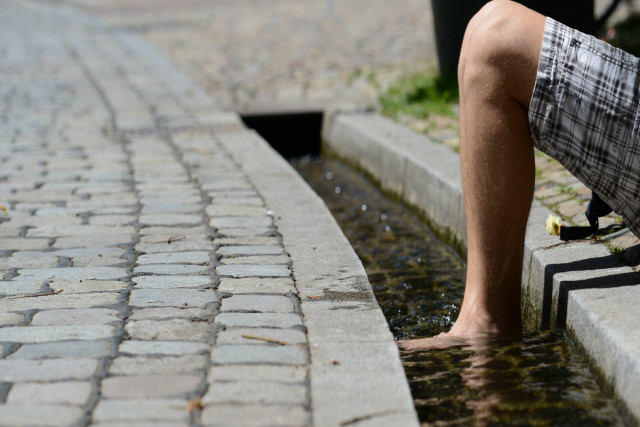
A man cools off in the summer heat using Freiburg's bächle system. Photo: DPA.
Freiburg’s Bächle (streams), a feature which define the city much in the way that wide canals define Hamburg, were first recorded in 1200 and historically were used to help fight fires and provide local trades with an easily accessible water supply. In the summer, dipping your feet in the water can provide some respite from the heat. Be warned, however: according to Freiburg myth, if you accidentally fall in the Bächle you will end up marrying someone from Freiburg. Though with all that Freiburg has to offer this may not be such a bad thing after all…
Small wooden tow boats are available at a number of shops in Freiburg and it is not uncommon to see children playing with these in the Bächle.
A city of freedom
Whilst exploring Freiburg I gained a strong impression of an ‘anything goes’ mentality, from locals walking around bare foot to the ability to climb up and chill on one of the city’s main bridges.
We headed to Wiwilíbrücke near Freiburg main station to watch the sunset on our first evening there. Believe it or not, this is the perfect place to grab a beer, climb up the bridge’s steel beams and watch the sun disappear behind the mountains as your feet dangle over the edge and the traffic passes below.
What may have felt reckless in another city seemed like the right thing to do and was just as enjoyable as it was exhilarating.
Where to indulge?
Freiburg offers a wonderful variety of food, much of which is reasonably priced, particularly in the student areas of the city.
Feast on the thin, crispy pizza-like delight that is Flammkuchen. Literally meaning ‘flame pie,’ this refers to the method of cooking in a wood-fire oven. Traditionally topped with crème fraiche, thinly sliced onions and lardons, most Flammkuchen restaurants offer a number of varieties including vegetarian options and even sweet dessert versions of the normally savoury dish.
Whilst wandering through the city’s old town, I could not help but be drawn in by the sight of immaculately presented macrons and cakes in the window of Confiserie Gmeiner. Tantalized by these sweet treats, a visit inside for some mid-afternoon refreshment saw me enjoy what may have been the most delicious chocolate cake of my life.
Considering Freiburg’s status as Germany’s sunniest city, we knew we wanted to make the most of the sunsets whilst there. If sitting on bridges is not your thing then head to Skajo rooftop bar which serves exquisitely made cocktails alongside a view of the sunset behind the Münster and the Black Forest Mountains.
Whilst Freiburg is more famous for its wine and beer, we managed to stumble across Schlappen, a seemingly never-ending whiskey pub. If you do decide to visit this watering hole then make sure you check out the toilets which are quirky and unique.
Jewel of the Black Forest
Freiburg is often known as the 'Jewel of the Black Forest' and the city is an excellent starting point for a number of hikes amongst the trees. After indulging in the best food that Freiburg had to offer, a day trip into the Black Forest was the perfect opportunity to get some fresh air and exercise.
We chose to get the train to Schluchsee and amble around the lake, taking in the magnificent scenery of the densely forested mountain sides on the train journey.
Whilst exploring the Black Forest we came across a vast number of shops selling cuckoo clocks. The wooden mechanisms actually originated from the Black Forest in the mid-1700s, made from the wood of the surrounding trees.
If you want to purchase one of the wooden designs you will be spoilt for choice in this part of Germany, but make sure you have plenty of cash on you because they do not come in cheap, usually costing upwards of €1,000.
READ ALSO: Weekend Wanderlust: Chasing a hoax across the Black Forest
Whilst any time is the perfect time for cake, we decided that it would be apt to taste the famous Schwarzwälder Kirschtorte (black forest gateau) after a walk in the Black Forest itself. Luckily the first restaurant we stumbled across served slices of the regional specialty the size of our heads, and could have fuelled two more mountainous hikes had we so desired.
The famous cake contains a small amount of alcohol in the form of Kirschwasser (cherry liqueur) as well as cherries, chocolate and copious amounts of cream.
Perhaps it was the near-constant sunshine or maybe it was the wandering Bächle but Freiburg was instantly charming and inviting and I am already planning on heading down south again to experience more of this city's delightful treats.


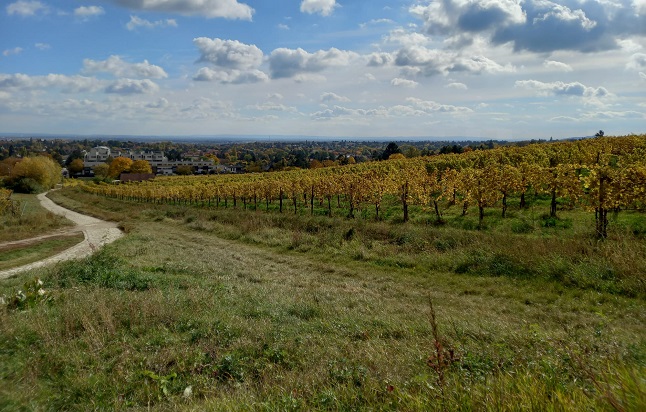
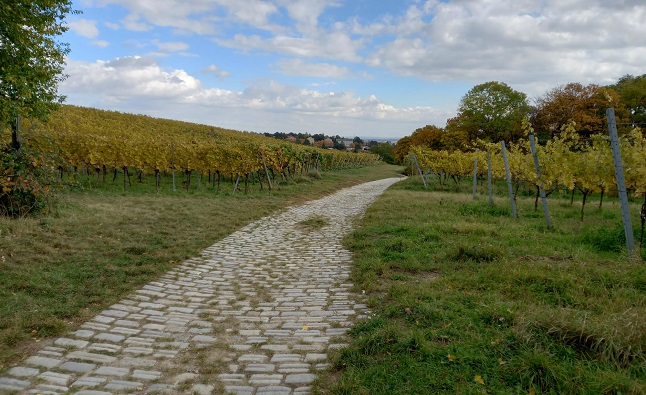
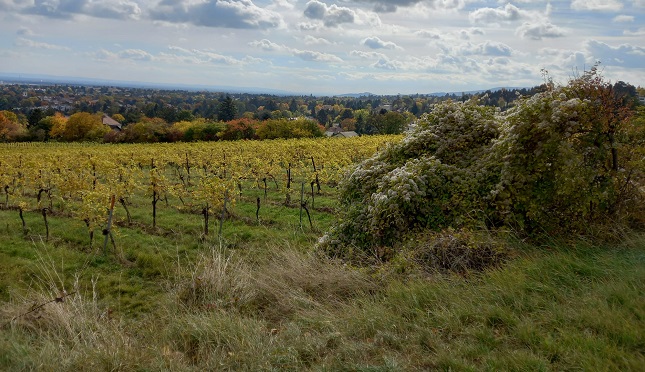
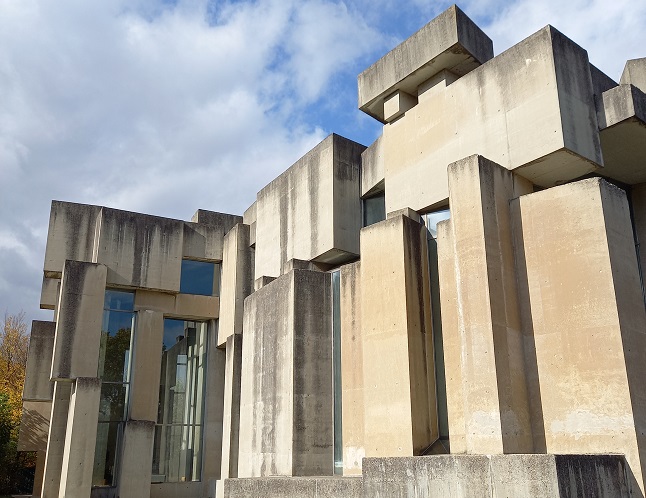
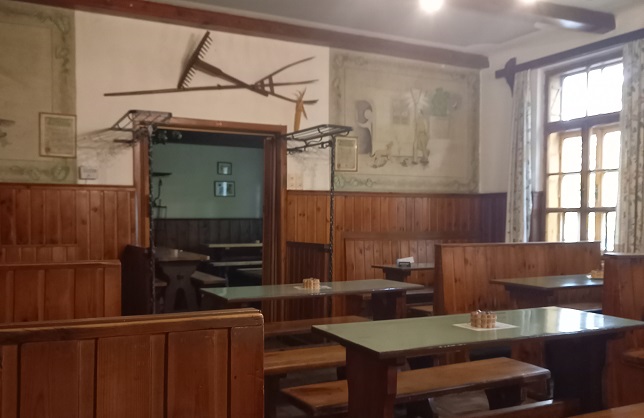
 Please whitelist us to continue reading.
Please whitelist us to continue reading.
Member comments